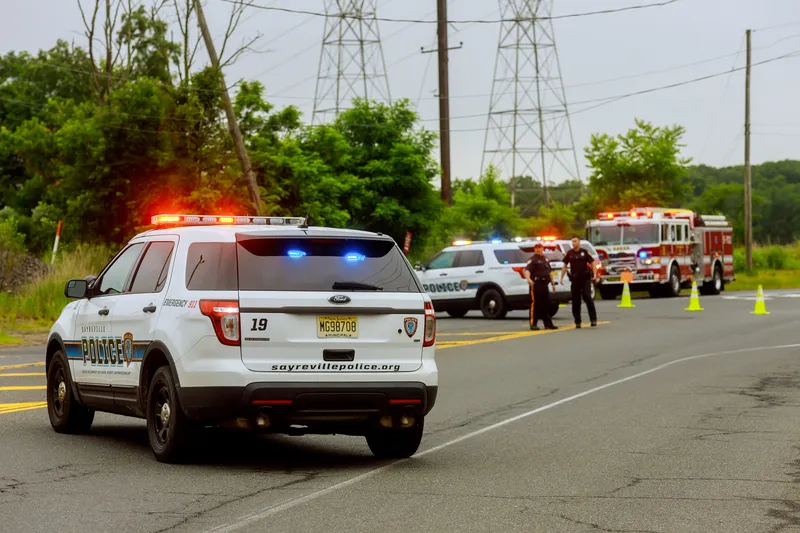After lengthy discussions, the Pennsylvania Senate has approved a US$2.3 billion transportation funding bill to repair aging highways and bridges, and bolster mass transit across the state.
The bulk of the money, US$1.65 billion, will go toward fixing bridges and roads; about US$475 million will go to mass transit systems, including metropolitan transportation authority Southeastern Pennsylvania Transportation Authority (SEPTA). The funding will be disbursed across all transportation modes, from gravel r
November 22, 2013
Read time: 1 min
After lengthy discussions, the Pennsylvania Senate has approved a US$2.3 billion transportation funding bill to repair aging highways and bridges, and bolster mass transit across the state.
The bulk of the money, US$1.65 billion, will go toward fixing bridges and roads; about US$475 million will go to mass transit systems, including1267 Metropolitan Transportation Authority 4288 Southeastern Pennsylvania Transportation Authority (SEPTA). The funding will be disbursed across all transportation modes, from gravel roads to superhighways, roads crossing streams and rivers and airports, seaports, rail lines and cycle paths.
The bill also will allow speed limits to increase to 70 mph on certain roads to be determined by a6111 Pennsylvania Department of Transportation study.
However, the investment comes at a price. Motorists will be footing the bill for the new investments with higher fuel taxes and increased vehicle registration, driver's licence and moving violation fees that will be phased in over five years.
The bulk of the money, US$1.65 billion, will go toward fixing bridges and roads; about US$475 million will go to mass transit systems, including
The bill also will allow speed limits to increase to 70 mph on certain roads to be determined by a
However, the investment comes at a price. Motorists will be footing the bill for the new investments with higher fuel taxes and increased vehicle registration, driver's licence and moving violation fees that will be phased in over five years.










